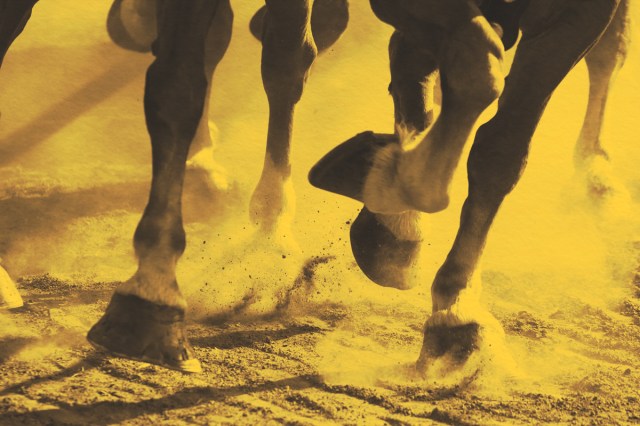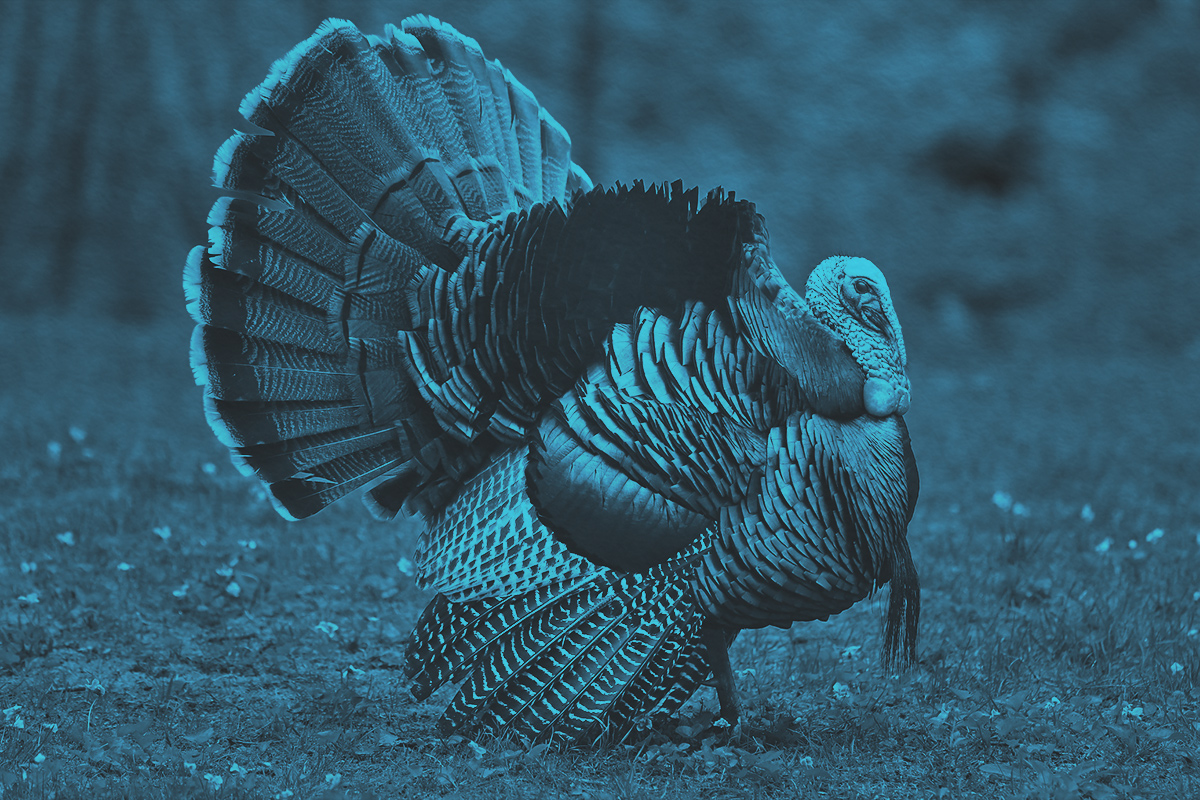
Many captivating tales begin with racehorses — real-life champions Seabiscuit and Secretariat had their legacies immortalized in film and literature. But there’s one equine anecdote that didn’t make it to the silver screen: the origin of the idiom “cool your heels.” It’s used today to evoke a sense of waiting impatiently or for an extended time, but this expression originated on the racetrack, with roots tracing back to equestrian practices from several centuries ago.
The idiom comes from a literal sense of cooling hooves. After a tiring ride or a nail-biting race, horses need to be cooled down to prevent injury, often by dousing their lower legs with water, called “cooling.” This practice, still done today, restricts blood flow to reduce inflammation and soothe weary muscles to promote recovery. Without this equine remedy, star racehorses might not have succeeded, and we would be down one idiom.
The phrase “cooling the hooves” was used during the 16th century in the literal sense, and shortly after it left the stable and entered everyday language as the figurative expression we use today. In the mid-18th century, we see the clear transition from a horse’s steady hooves to the sturdiest part of a person’s foot, the heel. Henry Fielding wrote in Amelia (1752): “In this Parlour, Amelia cooled her Heels, as the Phrase is, near a Quarter of an Hour.”
Today, Merriam-Webster defines this idiom as “to wait or be kept waiting for a long time especially from or as if from disdain or discourtesy.” You’ll see it used casually, whether lightheartedly or out of frustration, in situations like this: “I know you’re anxious to get started, but cool your heels while we get the paperwork together.” You might notice the striking connection between an exuberant racehorse needing a cooldown and an eager human forced into a delay, both parties expelling energy and a sense of urgency.




















